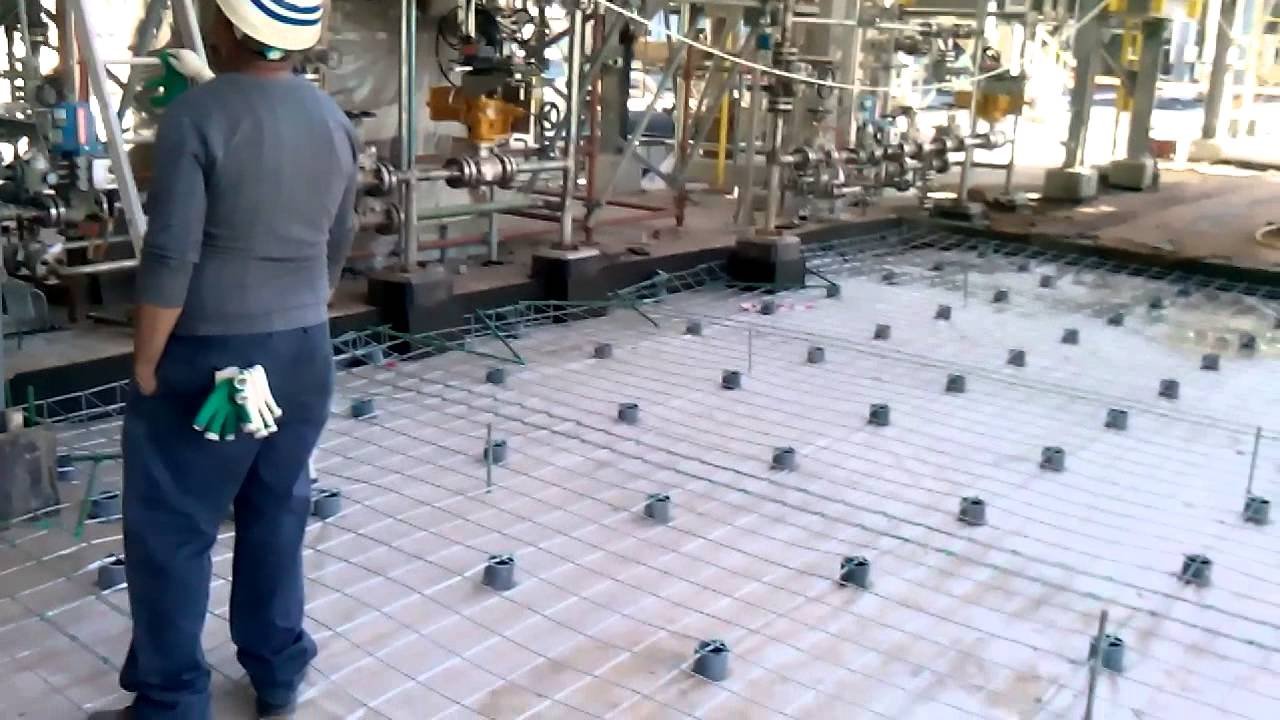Introduction
In the world of construction, accurate communication is vital. This is especially true in a multicultural hub like Miami, where both English and Spanish are frequently used on job sites. For construction professionals, especially those involved in structural projects, understanding how to convey technical terms in English is critical. One such essential term is “rebar inspection,” or as it’s known in Spanish, “inspección de cabillas.”
This article provides a detailed guide on how to say “rebar inspection” in English and its relevance to the construction industry in Miami. Whether you’re a contractor, engineer, or inspector working with reinforced concrete structures, having the right terminology at your disposal can help streamline communication, avoid misunderstandings, and ensure the success of your project.
The Importance of Rebar Inspections in Miami Construction
1. What Is Rebar?
Rebar, short for reinforcing bar, is a steel rod used in concrete construction to strengthen the structure. It provides the necessary tensile strength to concrete, which on its own is strong in compression but weak in tension. Rebar is an essential component in reinforced concrete structures, ensuring that buildings, bridges, and other infrastructure can withstand various loads and stresses.
In Miami, where construction projects often involve high-rise buildings and infrastructure designed to withstand hurricanes and other environmental challenges, rebar plays a vital role in ensuring structural integrity.
2. Why Are Rebar Inspections Critical?
A rebar inspection is a crucial part of the construction process, ensuring that the reinforcing bars are placed correctly, adequately spaced, and meet the design specifications. Inspectors check for issues such as incorrect placement, rusting, improper spacing, or bending of the rebar, which could compromise the structural integrity of the concrete.
In Miami, where stringent building codes are in place due to the city’s exposure to hurricanes and tropical storms, these inspections are even more important. A poorly installed rebar system can lead to structural failure, which could have catastrophic consequences, particularly in areas prone to natural disasters.
3. Regulatory Standards for Rebar Inspection in Miami
Miami’s building code requirements are some of the most rigorous in the United States. The Florida Building Code (FBC) mandates that all concrete structures undergo thorough inspections, including rebar inspections, to ensure compliance with engineering specifications and safety standards. These inspections are typically carried out by licensed structural inspectors who are familiar with local regulations and can verify that the rebar installation meets or exceeds the standards required for hurricane resistance.
How to Say “Inspección de Cabillas” in English
For Spanish-speaking professionals, the direct translation of “inspección de cabillas” is “rebar inspection.” However, it’s important to understand that this term encompasses various aspects of the construction process and may involve a range of inspections at different stages of the project.
Below, we break down the most important terms and concepts related to rebar inspections that are commonly used in Miami’s construction industry:
- Rebar Inspection: This refers to the general process of inspecting reinforcing bars (rebar) in concrete structures to ensure proper installation according to design plans and regulatory standards.
- Pre-pour Inspection: This specific type of inspection occurs before the concrete is poured. It ensures that the rebar is correctly placed, adequately secured, and meets all necessary specifications.
- Post-pour Inspection: This involves inspecting the concrete structure after the concrete has been poured and has set. It ensures that the concrete was poured correctly and that the rebar is effectively embedded within the structure.
By using the correct English terminology, Spanish-speaking professionals working in Miami can bridge the communication gap and ensure that all parties involved in the construction process are on the same page.
Key Steps in the Rebar Inspection Process
1. Reviewing the Design Plans
The first step in any rebar inspection is to thoroughly review the design plans. These plans include detailed specifications about the type, size, spacing, and placement of the rebar. Inspectors must ensure that the rebar used on the construction site matches the specifications laid out in these plans.
In Miami, it is particularly important to adhere to the design plans due to the strict building codes that aim to protect structures from hurricane-force winds and other environmental factors.
2. Verifying Rebar Placement
Proper rebar placement is critical to the strength and stability of the structure. Inspectors check that the rebar is placed in the correct location according to the design plans, that it is adequately supported, and that it has the proper spacing. Improper placement can weaken the structure and lead to potential failure, especially in high-wind areas like Miami.
Inspectors also check for the correct rebar cover, which is the amount of concrete covering the rebar. Adequate cover is essential to protect the rebar from corrosion and ensure the longevity of the structure.
3. Checking for Rebar Quality
Inspectors must also ensure that the rebar itself meets quality standards. This includes checking for signs of corrosion, which can weaken the steel and compromise the structure. Additionally, the rebar should be free from cracks, bends, or other defects that could affect its performance.
In Miami’s humid and salty environment, corrosion is a significant concern. Therefore, rebar inspections in the area often include additional measures to ensure that the steel is adequately protected from moisture and salt exposure.
4. Documentation and Compliance
All rebar inspections must be thoroughly documented to ensure compliance with local building codes. This documentation typically includes detailed reports, photographs, and checklists that verify that the rebar installation meets all relevant standards.
In Miami, inspectors are required to submit these reports to local authorities as part of the building approval process. Proper documentation ensures that the project complies with the Florida Building Code and is structurally sound.
